
Gardeners just like you have reached out and asked how to incorporate PittMoss in their pots and beds, so we’ve got a little cheat sheet for you! Don’t see your plants on here? Just ask! Contact us by clicking here and we will give you proper recommendations for potting up with PittMoss.
Go Peat-Free
PittMoss Performance Nutrient Enhanced Potting Mix and Plentiful Organic Potting Mix perform beautifully with the plants listed below. Performance is charged with a custom biodegradable controlled release fertilizer that provides a consistent release of fertilizer to the plant. Plentiful, which is OMRI listed for organic growing, is fortified with poultry manure, bovine compost inoculates, and feather meal to provide a slow, consistent nutrient source and encourage healthy soil biology. Our PittMoss fiber makes for a carbon-rich environment that supports microbial life, promotes healthy root development, and reduces the need for applied resources like water or nutrients.
Succulents
Incorporate 2/3 sand, pea gravel, or other non-absorbent material with 1/3 PittMoss. Water thoroughly once a month!
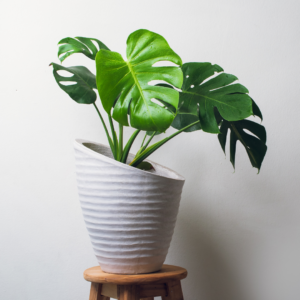
Monsteras
When replanting and stepping up into a larger pot, mix 50% PittMoss with a well-drained or firm blend derived from bark. After replanting, watering is advised. Remember that PittMoss holds water exceptionally well, and the time between waterings can be extended. A heavily compacted blend with little aeration is an opportunity for root decay and plant death. This is why we recommend incorporating some composted bark mix or a different type of firm mix with PittMoss!
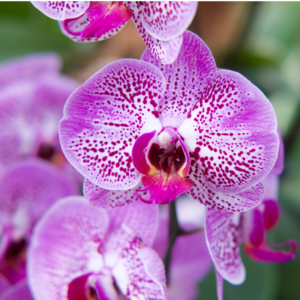
Orchids
PittMoss is very beneficial for orchids when used in combination with a coarse orchid blend. While high water holding capacity can be difficult for orchid growers to adjust to, adding from 20% to 50% PittMoss to a blend or to a prepared orchid mix will greatly extend the ability of the plant to withstand drought without damaging the air exchange to the roots.
For terrestrial orchids, 30% to 50% PittMoss in the blend will work very well. Growers should be wary of over compacting the blend. Extending watering intervals by one-third to one-half longer between waterings is advised.
Roses
Use 1/3 PittMoss and 2/3 native soil blended thoroughly below and around the roots when planting. PittMoss Performance and Plentiful contain an abundance of minerals essential to rose growth (nitrogen, phosphorous, potassium, calcium, magnesium, and sulfur).
To revitalize plants that have suffered drought stress, fill in the top six inches with about 50% PittMoss combined with native soil to provide an opportunity for water to infiltrate and remain available.
Fruit Trees
When planting new fruit trees, dig a hole about two times the size of the longest roots. Mix native soil from the hole with 1/3 to 1/2 PittMoss Plentiful or Performance. Backfill around the roots with the mix, saturating it when half filled. Fill to the top in order to create a well around the tree and tightly pack the blend by hand.
For existing trees, put about 1.5 to 2 inches of Plentiful or Performance around the base and as far out as the leaf canopy. Sprinkle until full saturated.
Microgreens
Microgreens are rather easy to grow. PittMoss is an exceptionally good material for microgreens. One feature that stands out is the material’s ability to stay intact when harvesting, which avoids debris in your greens. Both the organic Plentiful and the mineral fertilized Performance blends work well. Use PittMoss in a very thin layer compared to peat based substrates, and saturate thoroughly during the beginning of the grow. Avoid excessive repeat watering.

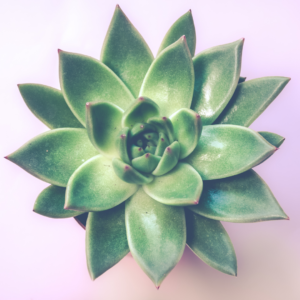
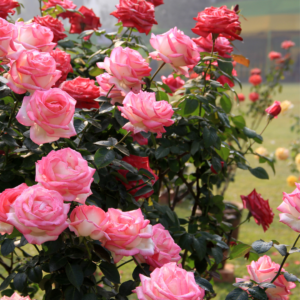
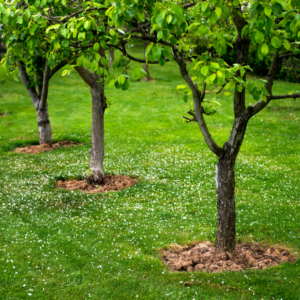
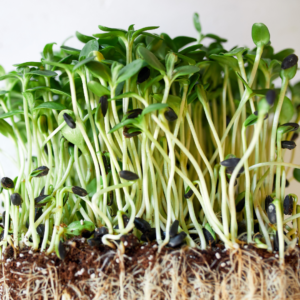
Leave a reply
You must be logged in to post a comment.